- 6,629

- Portugal

The Yellow and Green/Blue stripes helmet in a Porsche 956
Sportscar endurance racing is one of the most versatile form of motor sports out there. It can contain both blazing, young guns and veteran hounds within the same team, often in the same car. Such as Senna and Pescarolo.It happens so that in 1984 the Nürburgring was converted into the sprint track people know today mostly of Formula One and DTM fame. While F1 left the track for the Hockenheimring following Niki Lauda's accident, only to return to the new, safety-improved, shortened and completely different track in every single way. Sporstcar racing was still big at the old 'Ring - of which the flamboyant and fearless 1982 F1 Champion Keke Rosberg famously said it (i.e. the 1983 race) being one of the maddest thing he had ever taken part in, even the 1000km endurance race was moved to the new circuit for 1984.
After a blistering victory with a stock Mercedes in a champion-studded race at the very same track two months prior and a mighty battle for the first place In Monaco right after that, rising F1-star Ayrton Senna won a seat for the 1984 edition alongside sports car legend Henri Pescarolo and then-Toleman-F1-team-mate Stefan Johansson.
Joest Racing - now known as an associate to the Audi LMP1 program since its beginnings - was one of the strongest Porsche 956 running teams at the time - as most teams did, so there was a genuine race for the top positions.
The trio finished 2 and 3rd down the fleet of Porsches (diversified by a single Lancia at 3rd position) in P8 overall.
Specifications
Engine
Configuration: Type 935/76 B6
Location: Mid, longitudinally mounted
Weight: 197 kilo / 434.3 lbs
Construction: Aluminium block and head
Displacement: 2.65 liter / 161.7 cu in
Bore / Stroke: 82.3 mm (3.2 in) / 66.0 mm (2.6 in)
Compression: 8.0:1
Valvetrain: 4 valves / cylinder, DOHC
Camshaft: Gear driven
Fuel feed: Bosch Fuel Injection
Lubrication: Dry sump
Aspiration: Twin KKK Turbos
Power: 620 bhp / 463 KW @ 8200 rpm
Torque: 600 Nm / 443 ft lbs @ 5000 rpm
Red Line: 8500 rpm
BHP/Liter: 234 bhp / liter
Drivetrain
Body: Kevlar, glass reinforced plastic and aluminium panels
Chassis: Aluminium monocoque with semi-stressed engine
Front suspension: Double wishbones, coil springs over Bilstein gas-pressurized dampers
Rear suspension: Lower wishbones, rocker arms, coil springs over dampers
Steering: Rack-and-pinion
Brakes: Ventilated and cross drilled discs, all-round
Gearbox: 5 speed Manual
Clutch: Dry, single plate
Drive: Rear wheel drive
Dimensions
Weight: 840 kilo / 1851.9 lbs
Length: 4770 mm (187.8 in)
Width: 1990 mm (78.3 in)
Height: 1030 mm (40.6 in)
Wheelbase: 2650 mm (104.3 in)
Track (front): 1665 mm (65.6 in)
Track (rear): 1545 mm (60.8 in)
Fuel tank: 100 Litre (26.4 Gallon US / 22 Gallon Imperial)
Wheels (front): 12 x 16
Wheels (rear): 15 x 16
Tyres (front): 280/650 x 16
Tyres (rear): 350/650 x 16
Performance
Power to weight: 0.74 bhp / kg
Top Speed: 355 km/h (221 mph)


THE OTHER SENNA CARS ARE HERE:
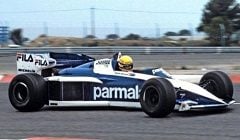
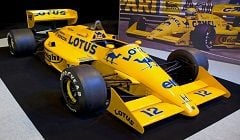
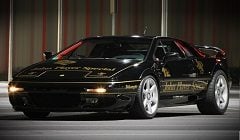
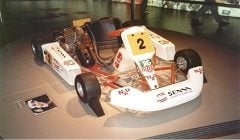
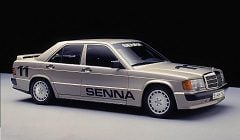
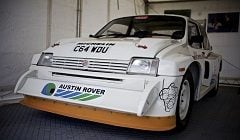
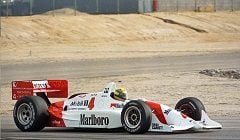
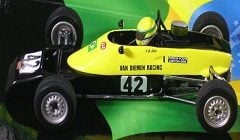

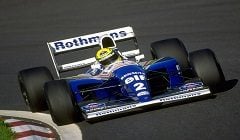
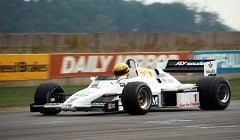
Last edited:



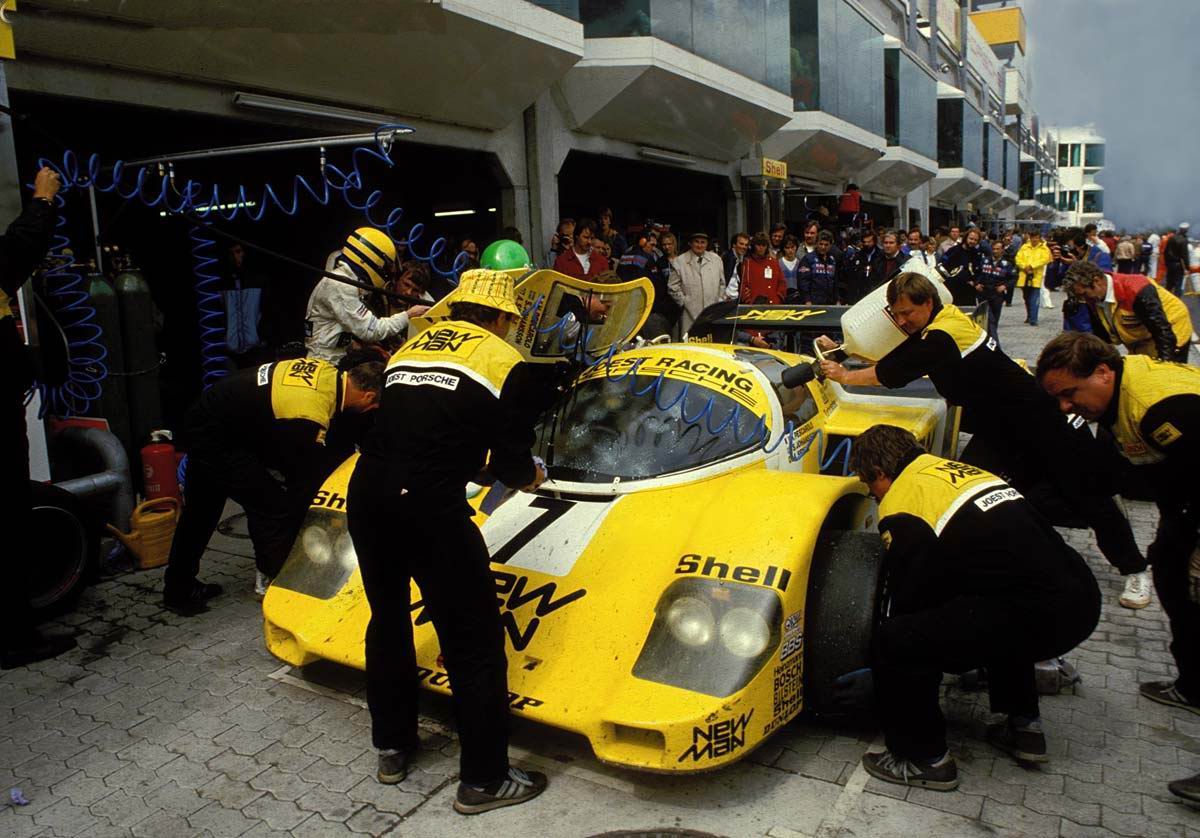
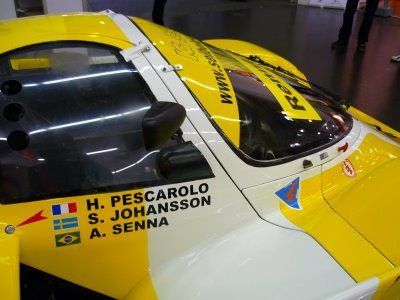
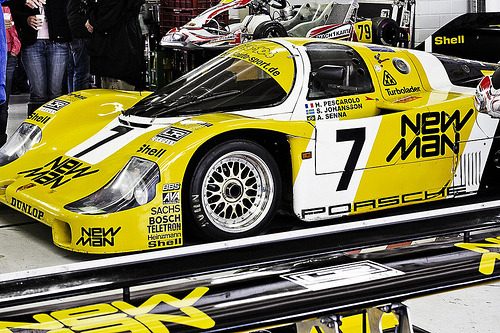
 It´s just bad that Porsche can´t be in GT6, but this would be a great tribute to Senna!👍
It´s just bad that Porsche can´t be in GT6, but this would be a great tribute to Senna!👍